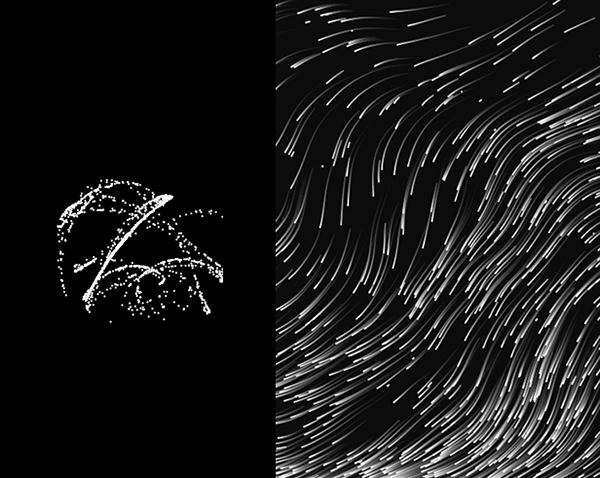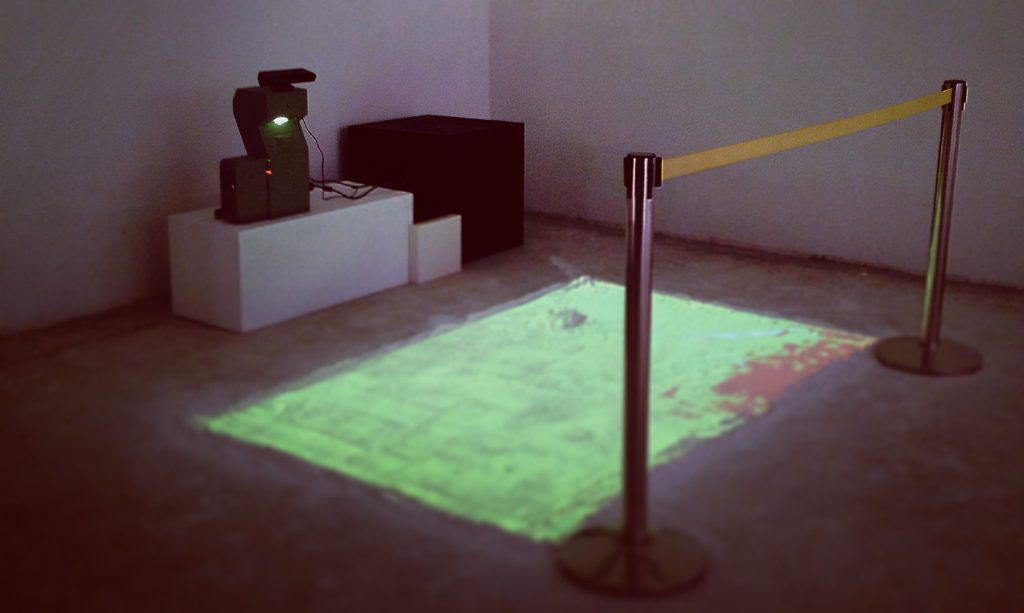In the natural world, ants (initially) wander randomly, and upon finding food return to their colony while laying down pheromone trails. If other ants find such a path, they are likely not to keep travelling at random, but to instead follow the trail, returning and reinforcing it if they eventually find food (see Ant communication).


Over time, however, the pheromone trail starts to evaporate, thus reducing its attractive strength. The more time it takes for an ant to travel down the path and back again, the more time the pheromones have to evaporate. A short path, by comparison, gets marched over more frequently, and thus the pheromone density becomes higher on shorter paths than longer ones. Pheromone evaporation also has the advantage of avoiding the convergence to a locally optimal solution. If there were no evaporation at all, the paths chosen by the first ants would tend to be excessively attractive to the following ones. In that case, the exploration of the solution space would be constrained.
Thus, when one ant finds a good (i.e., short) path from the colony to a food source, other ants are more likely to follow that path, and positive feedback eventually leads to all the antsÕ following a single path. The idea of this installation is to mimic/visualize this behavior with Ósimulated antsÓ walking around the graph representing their problem to solve.They interact with audience & find their path through food source depending on marks that people are standing(positions) in our environment(installation area).
This project was also presented as an interactive installation in Tehran Annual Digital Art Expo (TADAEX).at this point, audience stand in the center of the colony’s environment (a 4*3 meters square sand & soil field).persons detected with e Kinect motion detection camera and the ants were following their paths through the persons & keep finding their food.
